An excellent question that I often get asked is: What will I see on safari?
If only it were as simple as handing you a checklist. The truth is, no two safaris are the same, and that’s what makes each one so magical. That said, after countless safaris, I’ve got a pretty good idea of what you might see, and how to give yourself the best odds of spotting the creatures you’re most excited about.
Whether you’re here for the Big Five or hoping to tick off some truly rare species, I’ll walk you through what’s possible, what’s likely, and what’s worth keeping your fingers crossed for. I’ve included notes on where and when to go to see certain animals, plus a few stories of my own special sightings.
It’s All About Timing and Location
The first thing to understand when asking “What will I see on safari?” is that wildlife depends heavily on where and when you go.
Some animals, like giraffes, zebras, and impalas, are found almost everywhere. But others, like the gerenuk or bongo, are tied to very specific habitats. Kenya has everything from coastal forests and acacia-dotted savannahs to alpine highlands and arid scrublands. Each supports a unique cast of characters. So, if you’ve got a specific animal you’re hoping to see, its worth checking which parks and climates you will actually find them in. You can also find more information on when is best to visit each of the parks here: When to go on Safari in Kenya.
Seasonal migrations also play a massive role. The famous Great Migration is a must-see between July and October in the Masai Mara, when over a million wildebeest and zebra thunder across the plains. This doesn’t mean you won’t see them outside this time (you almost certainly will), it just means that this is the time when they gather in their millions, an event worth planning around. Birds especially can be seasonal, such as the Flamingos who flock to Lake Nakuru and Lake Bogoria when the soda lakes are just right. Bird migrations from Europe bring rare species to East Africa in the right season, so I’ll mention them in further detail later on.
The Big Five – Where to Find Them
The Big Five were originally coined by hunters as the most dangerous animals to track. Although we are long past the hunting days, the legacy lives on and spotting all five is a safari rite of passage. Luckily enough, the big five are found across most of Kenya, with a few exceptions listed below. The closest place to Nairobi to see all 5 in one park is at Ol Pejeta Conservancy in Laikipia. It is also one of my favorite places to visit and I somewhere I would recommend to anyone visiting Kenya.
- Lions are the ultimate predator and the only truly social big cat. Seeing a pride lounging in the shade or a male lion roar at dawn is the heart of what you probably imagine when you think of safari. They are common across most of East Africa, with especially dense populations in the Mara and Serengeti. Look for them sleeping under trees during the day or hunting at dusk or early morning.
- Leopards are both elusive and stunningly beautiful and are the hardest of the Big Five to spot. Their solitary nature and perfect camouflage mean even experienced guides get excited when one is seen. Also found across most of Kenya, they are most often seen in the Mara’s riverine forests or Samburu’s rocky outcrops.
- Elephants roam widely and are found across almost all of Kenya. An excellent place to see large herds is in Tsavo, or in Amboseli, where they are famous for their size and for the backdrop of Mount Kilimanjaro.
- Buffalo are plentiful and surprisingly intimidating. They can be found in all kinds of climates and hence in almost every national park.
- Rhinos are the hardest to spot in the wild. If you’re dead set on seeing one, I would suggest visiting Ol Pejeta Conservancy to see both black and white rhinos. This is where the last two Northern White Rhinos are found.
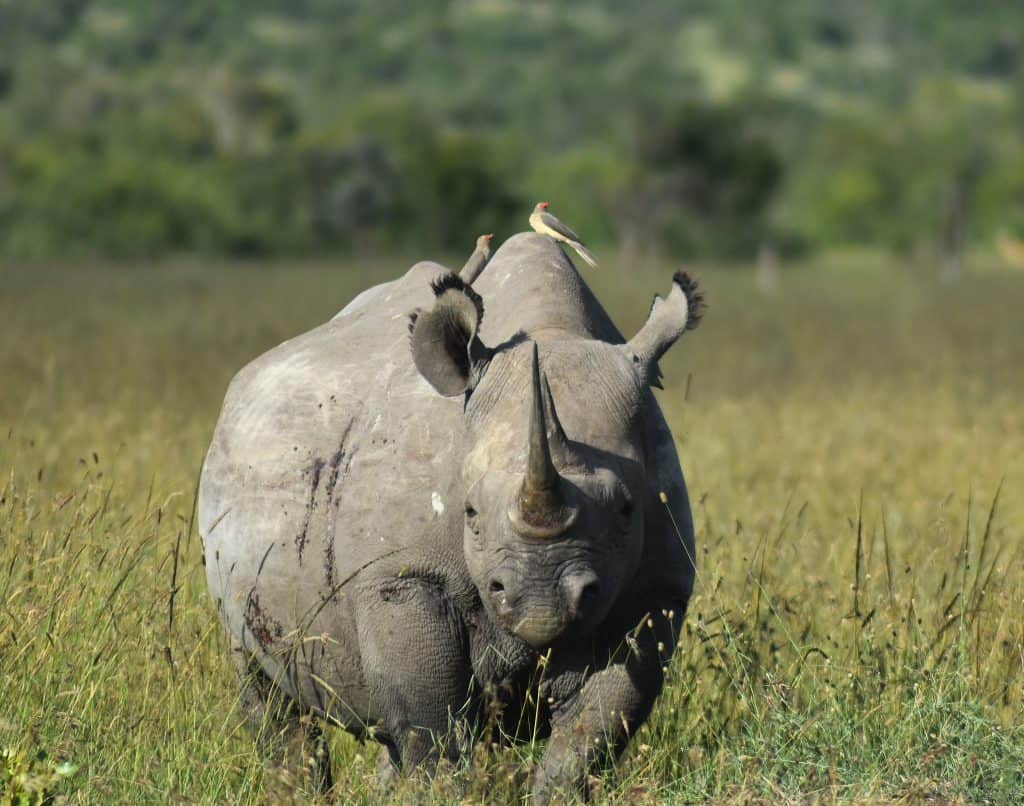
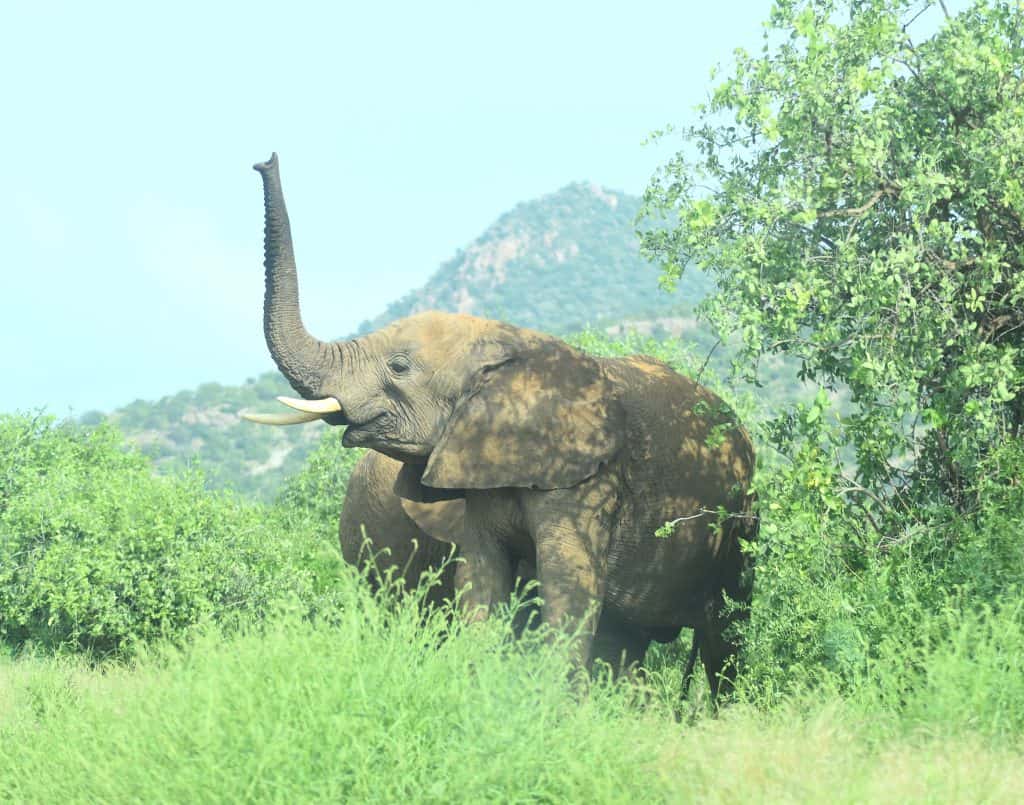



The Other Icons – Ugly Five, Small Five & Rarities
If you’ve never heard of the Ugly Five, you’re in for a treat. They’re not winning beauty contests, but they are wonderfully quirky and a great side quest for anyone who loves to ticking off lists. The ugly five are:
- Hyena
- Warthog
- Vulture
- Marabou Stork
- Wildebeest
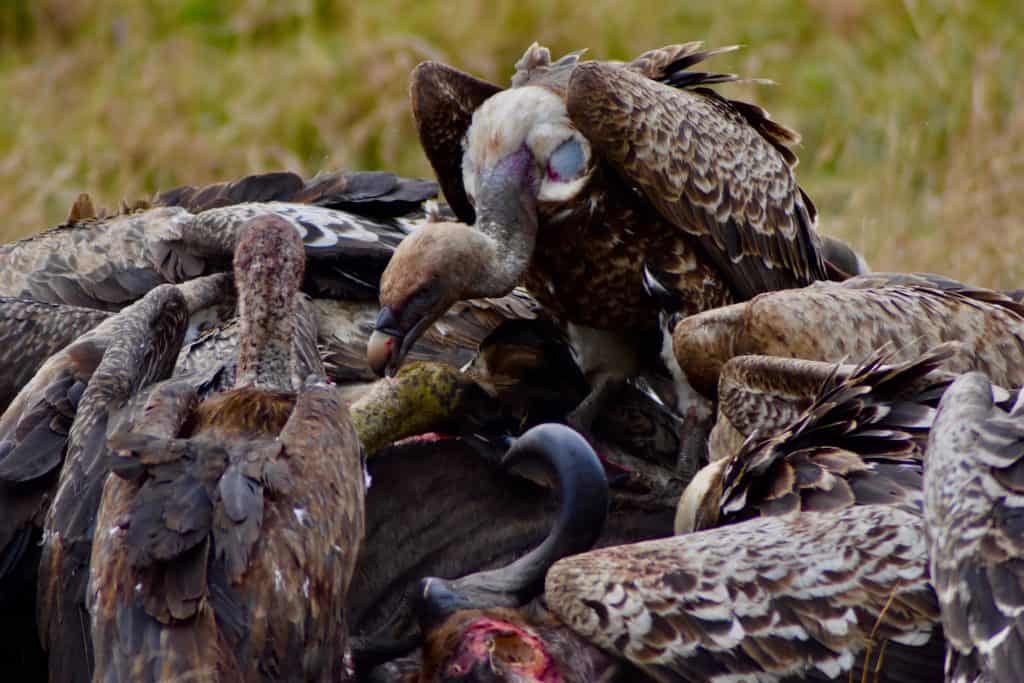
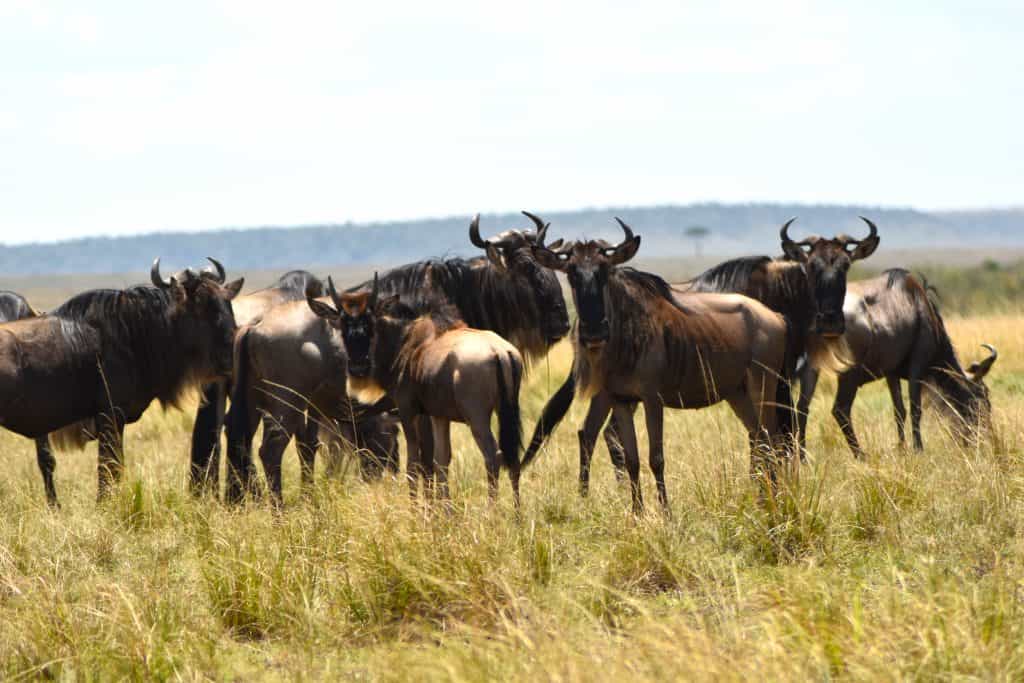
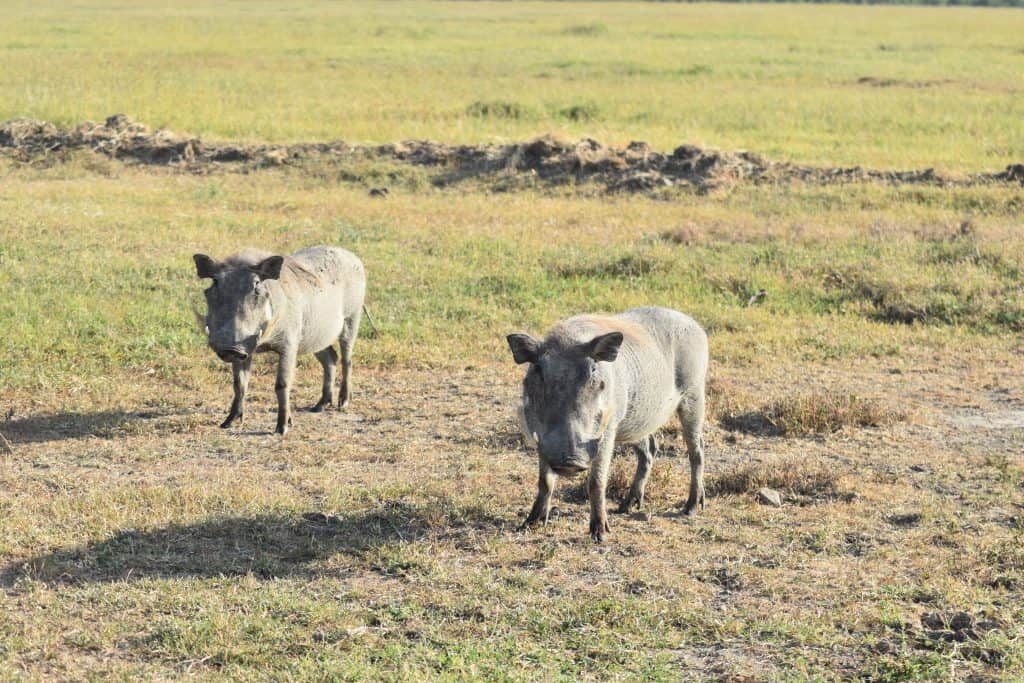
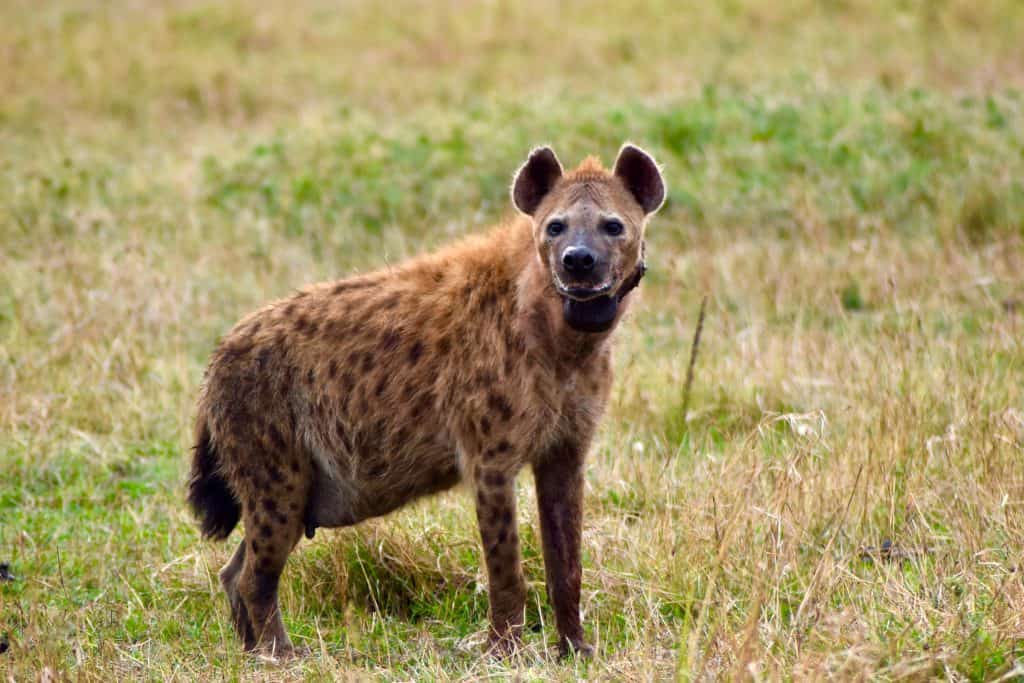
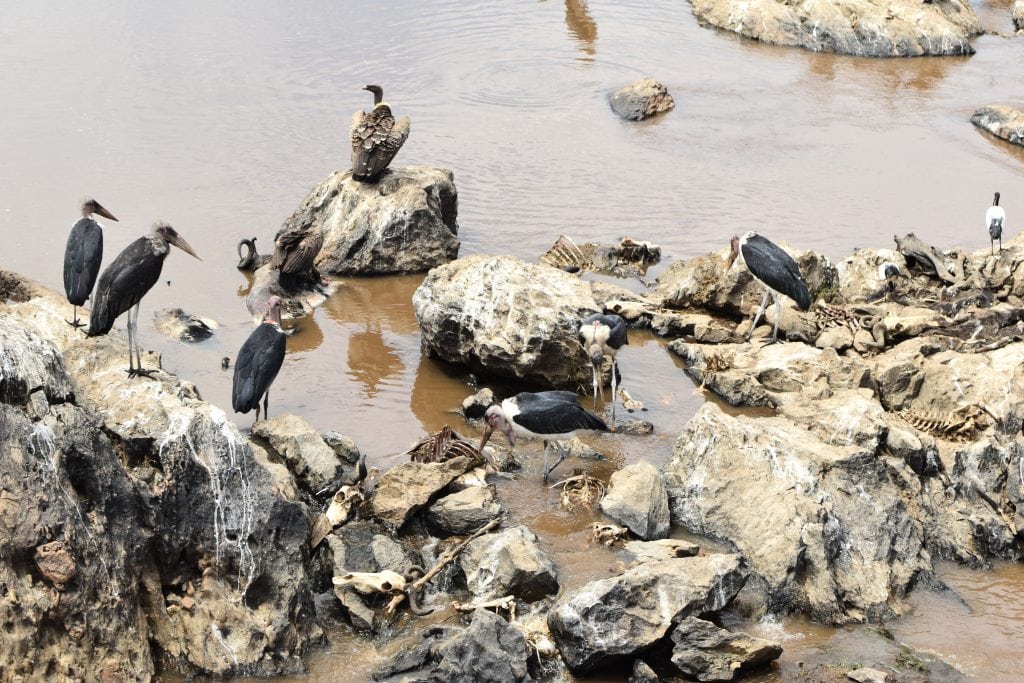
Then theirs is also the Small Five, which if almost certainly the hardest of the lists to complete. They aren’t necessarily the smallest animals you’ll see, but just the ones that share the same name as the Big Five. Although I have seen most of them, they can be elusive to photograph. You may not have even heard of some of them:
- Elephant shrew
- Ant lion
- Rhinoceros beetle
- Buffalo weaver
- Leopard tortoise
Other more rare animals can only be found in certain regions. The bongo is a rare striped forest antelope found in the Aberdares. Seeing one of them is a real treat. The gerenuk is a long-necked antelope that stands on two legs and reaches up to low hanging branches to nipple on the leaves. You can find them in some areas of Laikipia or Samburu. Finally, although found across Kenya, Wild Dogs in the wild are a sight that very few are privileged to see. I mention them as across all my many safaris, I have never seen one in the wild. It remains an elusive goal of mine that keeps me coming back for more safaris every year!
For the Birdwatchers
Kenya is an absolute paradise for bird lovers. With over 1,100 species, it’s one of the most diverse birding countries on earth. Every area has its own highlights, but I would recommend Samburu for anyone especially interested in bird watching. More broadly across Kenya I would suggest you look out for:
- Secretary birds (my personal favourite and a snake catching master)
- Lilac-breasted rollers (the most photogenic bird in Africa)
- Fischer’s lovebird, hornbills, sunbirds, flamingos, African fish eagle, and dozens more.
Even non-birders get converted by the end of a safari. I’ve never been a massive bird watcher myself, but you can’t help but fall in love with the colours, calls, and characters. Maybe it comes with age, but I’ve found myself looking out for my favourites more and more each year.
Monkeys, Antelope, and Everything in Between
From the cheeky vervet monkeys to the elegant looking colobus, Kenya is full of primates. Monkeys are certainly one of my favourites, and I have a love-hate relationship with baboons that goes back as long as I can remember. They are incredible fun to watch from the car but can be an absolute nightmare for the unlucky camper. I’ve spent many enjoyable hours in a wild west style showdown with Baboons trying to steal my lunch.
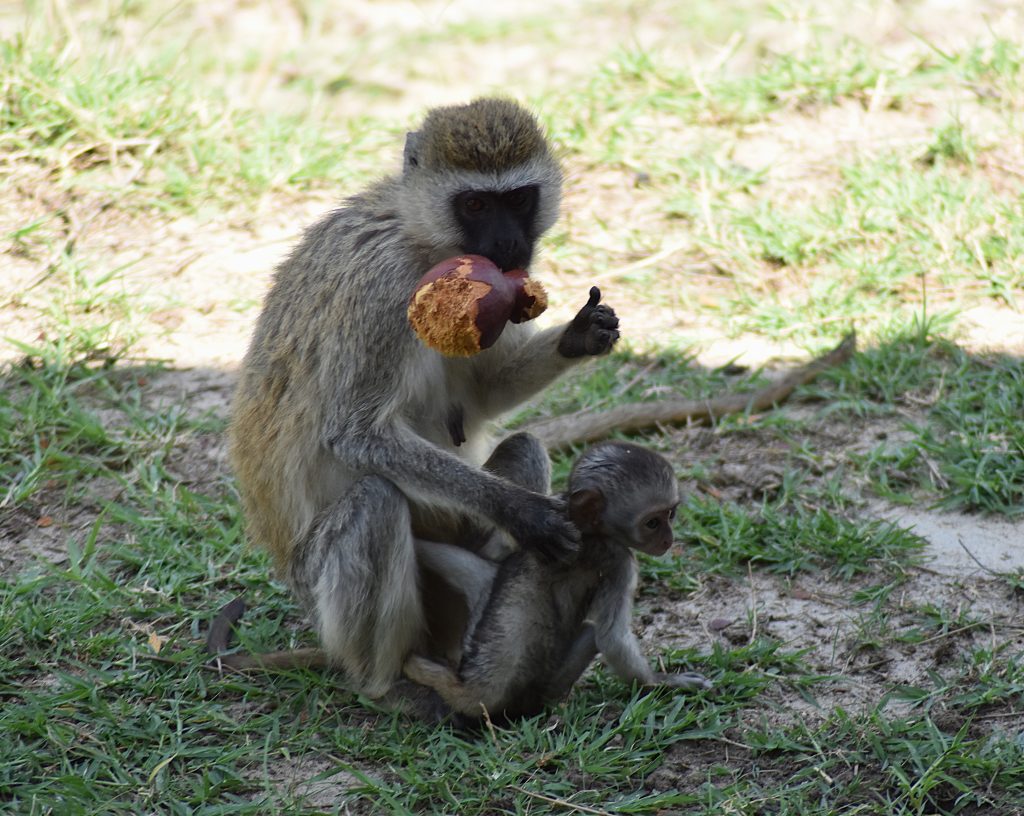
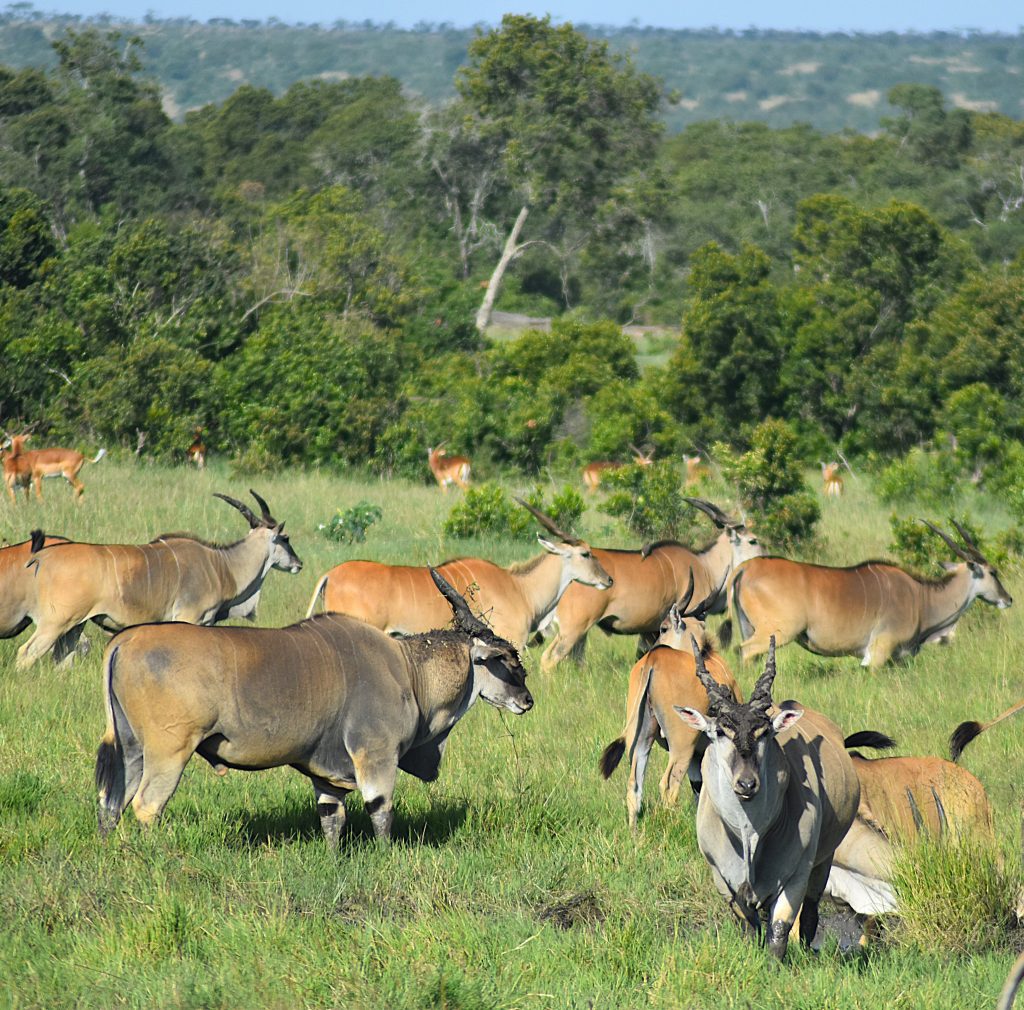
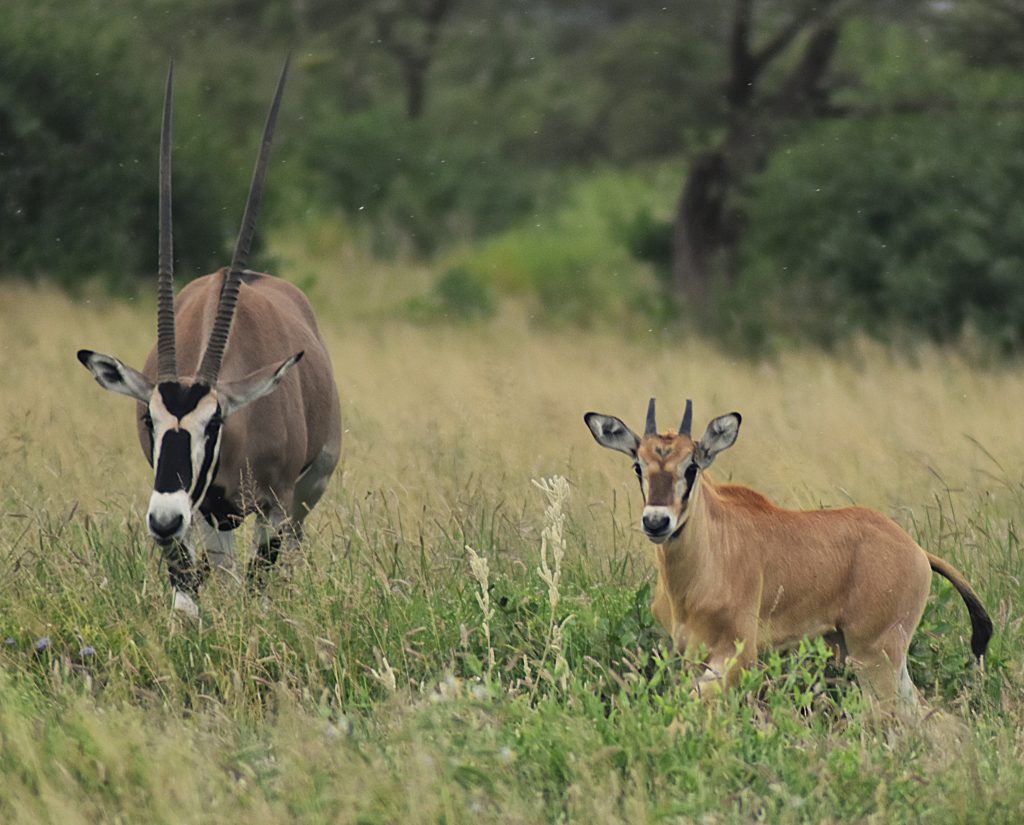
Antelope are also everywhere, in all shapes and sizes. Impala and Thomson’s gazelle are easy to spot, but are often confused with each other. What always amazes me is the range of sizes you will find them. My favourite antelope, the eland, can weigh up to 900 kg, whilst the little dik dik is only around 5 kg!
So, What Will I See on Safari?
The honest answer is – it depends. But that’s part of the adventure. Keep an open mind and your eyes even more open, and I’m sure you will see plenty to make your trip a once in a lifetime experience.
Whatever you’re looking for, I wish you the best of luck finding it, and I hope this little guide can answers some of your questions. As always, I’m always open to questions and would love to help you plan the perfect safari for you to see everything on your list!
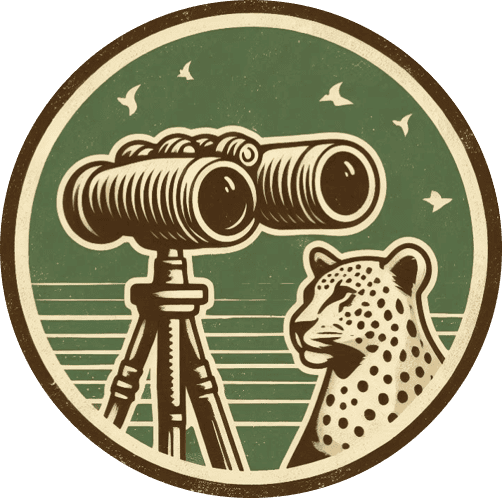
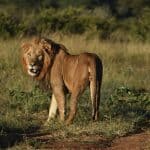
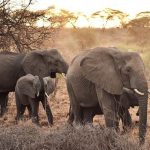

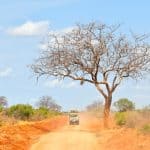
Thanks for an explanation. I did not know it.
Glad you found it helpful! Please reach out if you have any questions.
I thank for the information. I did not know it.